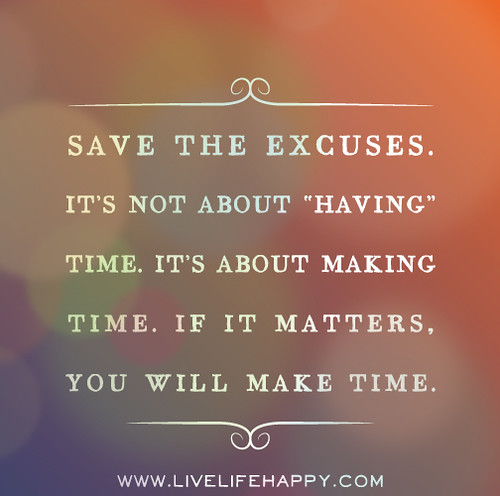Image credit: http://www.patrasevents.gr/imgsrv/f/full/1080049.jpg
The one thing I have learned though since I began my social media journey almost six years ago is that we no longer follow a predetermined path. What was once unfathomable in my professional role has become a reality. What is even more crazy has been the successful implementation of initiatives, taking control of my own learning, and professional accomplishments that I never believed were possible. Social media really did open up a door to a whole new world that I never knew existed. The best part of this new world were the endless possibilities to improving professional practice and school culture. This year was no different in strengthening my resolve to lead without fear, learn collaboratively with a global network of passionate educators, and be the change I wished to see in education (with the help of many of you). Here are some professional highlights from 2014:
- Digital Leadership was published by Corwin on January 14, 2014. This was my first solo effort at authoring a book. In a little less than three months it became a Corwin best-seller. Being an author is still a shock to me as I never, ever thought I could write even a blog post, let alone three books.
- NMHS teachers began to earn digital badges in earnest as a way to gain acknowledgment for their informal learning.
- On February 27, 2014, CBS Channel 2 NYC visited NMHS and did a nice feature on our makerspace, which aired during the five o'clock news. Media specialist/teacher librarian Laura Fleming spearheaded this initiative in the fall of 2013 and the makerspace really hit it's stride around this time.
- In late March NMHS student Sarah Almeda created the best student projects I had ever seen during my tenure as principal. Not only did she articulate the importance of creativity in learning, but she also challenged the entire education system from a student's perspective. You can read about the project and view the video HERE.
- During the late spring we had hosted our 30th school visit to NMHS. These unsolicited visits were a result of our continuous efforts to share what was truly possible in education and how we created a school that worked better for students than adults. Most of the visits were from schools and educators across the Northeast, but there was one other significant guest who would forever alter my career path. More on this later.
- CBS Channel 2 NYC visited NMHS again on May 16, 2014. This time they did a feature on the 3D virtual learning initiative we were working on.
- Near the end of the school year in June I published one of my most popular blog posts to date that provided insight on the successful implementation of 13 specific change initiatives at NMHS.
- On July 9, 2014, I officially announced my decision to step down as Principal of New Milford High School. This was the hardest professional decision I ever had to make. After Scholastic visited in the spring, conversations began about a potential position with the International Center for Leadership in Education (ICLE). It was at this point that I chose to go down a new path and assist more educators to experience what is possible in education. My last day as Principal was September 3, 2014. The next day I received the best gift an educator could ever wish for from NMHS student Sarah Almeda.
- On September 20, 2014, I delivered my first TEDx talk titled Schools That Work For Kids. This is another professional accomplishment that I never thought was possible considering I had a fear of public speaking prior to 2009. Social media let me find my voice in multiple ways and also built up my confidence to overcome fears and self-doubt in my abilities as a leader, writer, and speaker.
- Thanks to the visionary leadership of Dr. Scott Rocco I was officially appointed as the K-12 Director of Technology and Innovation in the Spotswood School District. This move has allowed me to stay as a true practitioner, something I feel is vital to my work in the field of education. Currently I am assisting the district with their move to Google Apps for Education (GAFE) as well as a more systemic use of technology to enhance and support learning.
- In early October the Center for Digital Education notified me that I was a CDE Top 30 Award recipient. This was extremely gratifying as it was a testament to the collaborative work done over the years at NMHS.
- After months of work the ICLE team and I debuted our new Digital Leadership practice area late this fall to assist leaders, schools, and districts implement sustainable changes resulting in transformation.
As 2014 comes to a close take a few minutes to reflect on your specific journey including accomplishments, the challenges you overcame, and new connections. You might very well see a link to social media as I have.

